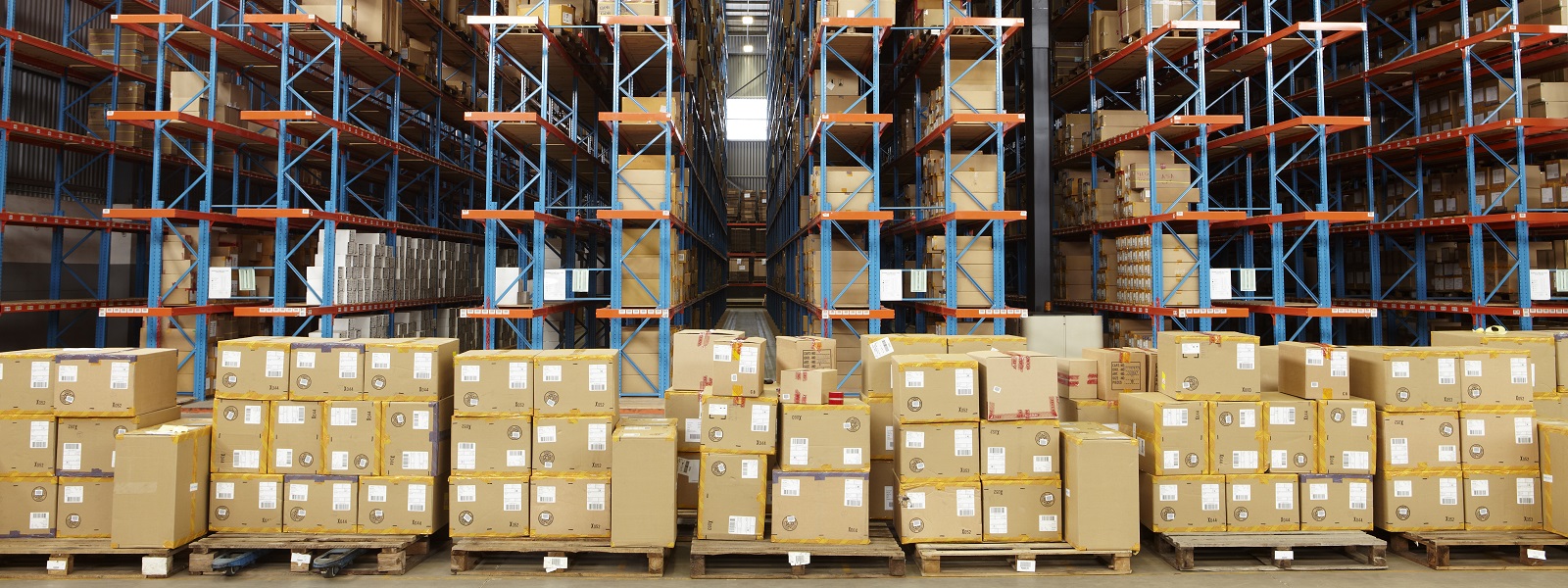As dealmakers entered the new decade, there was a renewed sense of optimism about M&A in Latin America. In 2019, volume was the joint highest since 2006 (738 deals) and, although marginally down on 2018, deal value of US$97.4 billion was in line with previous years.
In larger jurisdictions, a plurality of factors drove M&A activity. In Brazil, dealmaking was buoyed by the government’s ongoing privatization program, as well as heightened activity in sectors such as energy and agriculture. M&A activity was also robust in Mexico, despite a challenging political environment, with total value at its highest level since 2016. Mexico’s power and retail sectors were stand-out performers.
Elsewhere, there have been eye-catching deals in Colombia, Peru and Chile in recent months, including Sempra Energy’s US$3.6 billion disposal of its Peruvian business, a transaction that White & Case was able to successfully complete amid the COVID-19 pandemic.
The pandemic, however, has halted much of this progress—although this is likely to be more strongly illustrated in Q2 rather than Q1 figures. In aggregate, there were 121 deals worth a total of US$17.9 billion in Latin America and the Caribbean during the first quarter. That was down 26% in volume but was a rise of 0.4% in value on the same period of 2019.
Inbound activity also shrank markedly, with 63 deals announced, down from 102 in the previous three-month period and from 93 in the first quarter of 2019. Once again, value remained stable, down just 0.5% on Q1 2019.
In terms of sectors, there have been some bright spots across the region. The 11 deals unveiled in the pharma, medical and biotech sector during the first quarter were collectively worth US$1.2 billion, a tenfold increase on last year’s total. The most significant of these deals saw Brazilian pharmaceutical giant Hypera acquire Takeda Pharmaceutical Company Ltd.’s Latin American over-the-counter business for US$825 million.
While the Latin America region remains challenging, the sector is well placed to benefit from a global focus on healthcare, in areas ranging from telemedicine to vaccine and treatment development.
PE interest in the region has also been relatively resilient, particularly in the case of smaller deals. There were 15 private equity transactions during the first quarter of the year, compared to 18 during the final three months of 2019.
Still, the first quarter trend was decisively downward across many sectors. While the energy, mining and utilities sector accounted for the largest share of deals by volume, deal numbers fell 28% compared to the previous quarter. As the full force of the pandemic began to be felt across the region, dealmaking cooled and there were just 13 deals announced between the beginning of April and the second week of May.
Post-pandemic predictions
It is virtually impossible to predict how dealmaking will fare post-pandemic, but a look back to the financial crisis of 2008, which sent shockwaves through Latin American M&A, makes for interesting reading. M&A in the region, both by value and volume, fell sharply during 2008 and took time to recover, with relatively flat figures also recorded in 2009. But a strong recovery took hold in 2010, with deal values recovering from US$78 billion a year previously to US$171 billion. In 2011, there were 691 transactions in the region, up from 414 in 2009.
Inbound M&A bounced back particularly strongly in 2010 and 2011, with buyers from North America, Asia and the UK keen to do deals in Latin America. Private equity investors also swooped on the region in search of value through 2010 and 2011. Across the market as a whole, TMT businesses, energy, mining and utility companies, and consumer firms were especially in demand.
The COVID-19 pandemic is a different type of shock to the system. Nevertheless, there will undoubtedly be opportunities for renewed interest in dealmaking.
PE on the hunt
One impetus for M&A will be the additional funding that companies need as they emerge from the pandemic. Impending liquidity needs could make Latin American companies more open to strategic partnerships with PE funds or other financial investors.
The buyout sector continues to sit on record dry powder—as much as US$1.5 trillion globally, according to research firm Preqin—with a number of firms having raised funds for investment specifically in Latin America.
Asian interest
PE and VC are not the only game in town. Asia’s large investors continue to look for opportunities across Latin America. That includes Japanese buyers, whose appetite for assets in the region was strong prior to the crisis; Japanese entities were the bidders in five Latin American deals worth US$910 million in the first quarter of 2020, up from just two deals worth only US$10 million in the previous quarter.
China has also been a strong source of deal demand; deal volume has risen steadily since 2007 (with a small dip in 2018). And transactions have continued even during the pandemic. The recently completed Sempra Energy deal is testament to China’s interest in the region.
Depressed values and defense
Dealmakers will also hope to benefit from depressed valuations. In the oil & gas sector, where prices have collapsed, the experience of previous downturns is that once the dust settles, consolidation often takes place at a rapid pace. Real estate may offer similarly attractively priced deals, with developers seeking liquidity to progress and complete good projects. In previous recessions, real estate has rebounded especially quickly on the recovery.
Infrastructure may also see M&A recover more quickly, as investors look for more predictable cash flows and returns. In more cyclical areas, such as consumer businesses, consumer discretionary spending, hospitality and tourism, the highly unpredictable question of when demand is likely to recover may give buyers pause.
More broadly, the big question will be how quickly Latin American countries can control the spread of the virus and return to normal—and to what extent each country can mitigate the economic damage caused by the crisis. Here, there will inevitably be variations, given the different responses—both in a healthcare and economic context—of governments across the region.
In for the long haul
The best-case scenario is that in the second half of 2020, Latin American M&A will return to the levels seen in the first quarter, or close to them. That might not be likely, as it would require a rapid bounce back both across the region itself and throughout the rest of the world—a V-shaped economic recovery and near-total eradication of the COVID-19 virus.
More realistically, M&A is likely to return more gradually, beginning with activity in distressed assets and strategic deals that create long-term value for investors. In a recessionary environment, buyers with strong balance sheets can benefit from depressed valuations and position their businesses in a stronger foothold coming out of the recession.
We expect that to be the case in Latin America, followed by more aggressive opportunistic buys in the infrastructure, energy, real estate and technology sectors. This drive will be led by PE investors on the hunt for opportunities. That scenario would be more in line with the experience following the 2008 financial crisis.
The reality is that governments, businesses and investors alike are hoping for the best, but planning for the worst. Prior to the pandemic, the fundamental drivers underlying Latin American M&A were generally strong. But it is impossible to predict when these fundamentals will reassert themselves. We do expect a wave of M&A for distressed assets toward the end of the year as the need for liquidity exacerbates and distressed companies come to terms with lower valuations resulting from the dramatic change in consumer habits after the pandemic.





